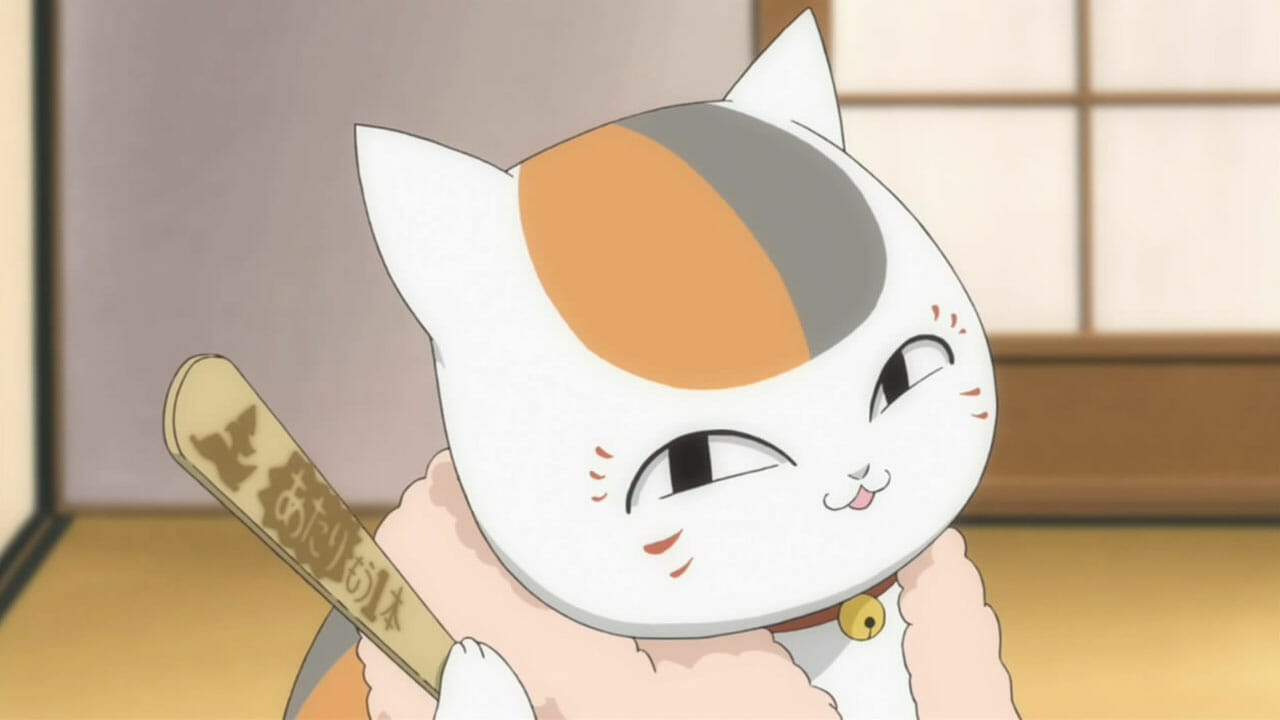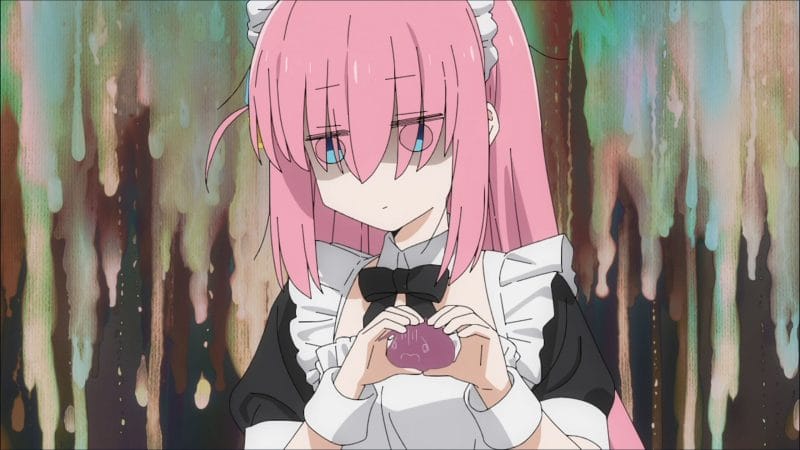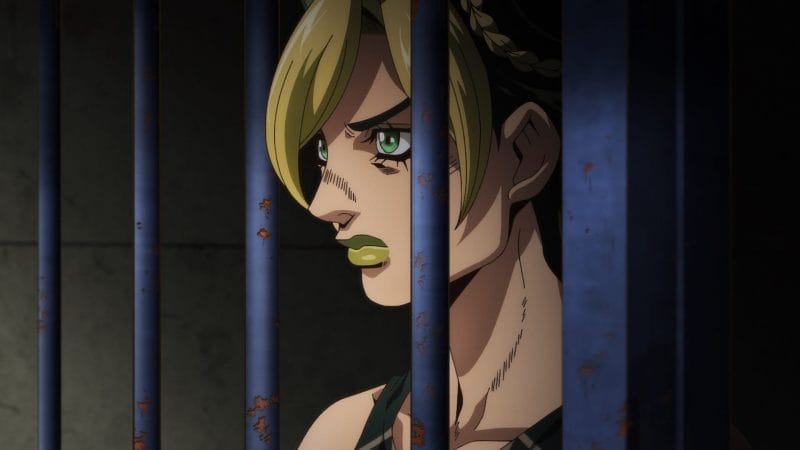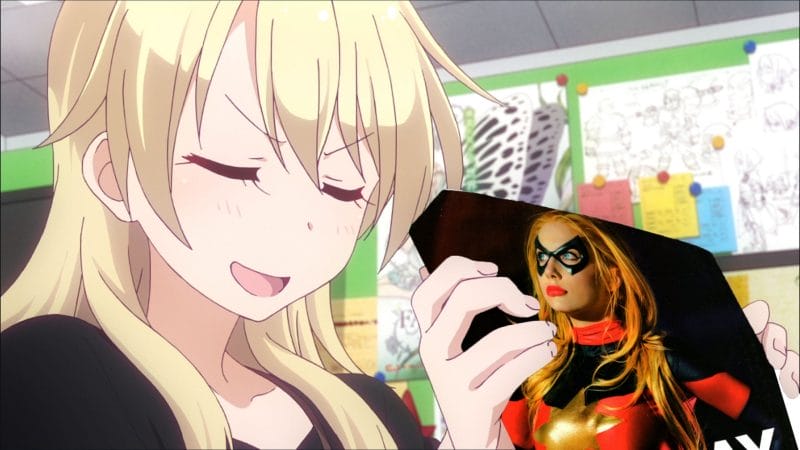sit him to help restore their names. The first yōkai he meets is a cat-like being known as “Madara,” who can assume the form of a maneki neko. The maneki neko may be familiar to anime fans as the name given to plastic or porcelain cat figurines that sport a beckoning arm. The gesture is said to be a symbol of good fortune.
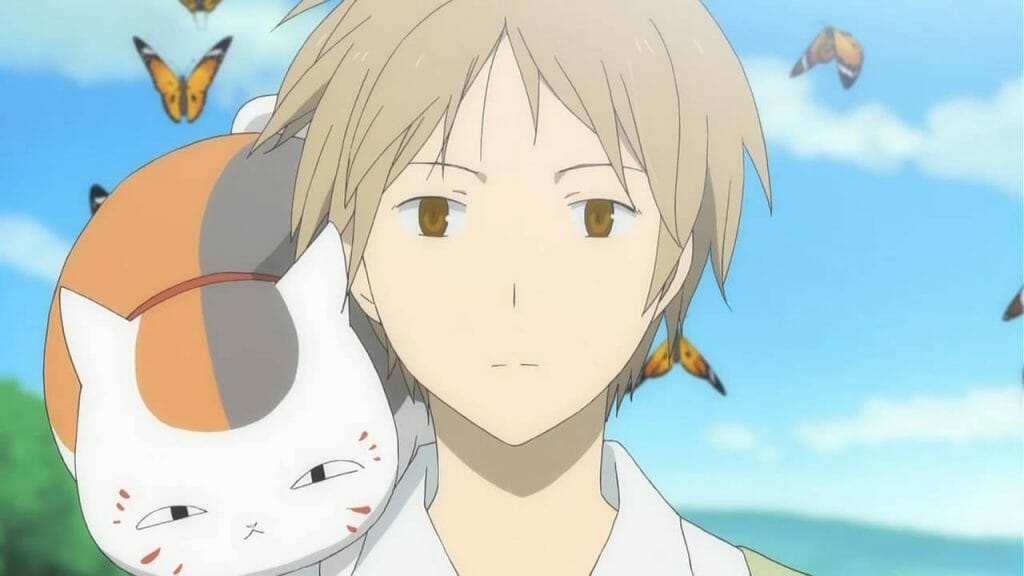
Takashi, who quickly recognizes Madara’s feline appearance, gives the yōkai the nickname “Nyanko-sensei.” The creature usually has no reservations about explaining how he perceives humans to be “lesser,” and how he wants the journal for his own purposes. Still, Madara repeatedly steps in to protect Takashi from various nefarious yōkai and unexpected events. Most yōkai, in fact, do not wish to harm. A select few have the inclination to disrupt the peace and hurt others. humans, particularly. Most, though, are peaceful, if still fairly mischievous beings who only desire to have their names restored.
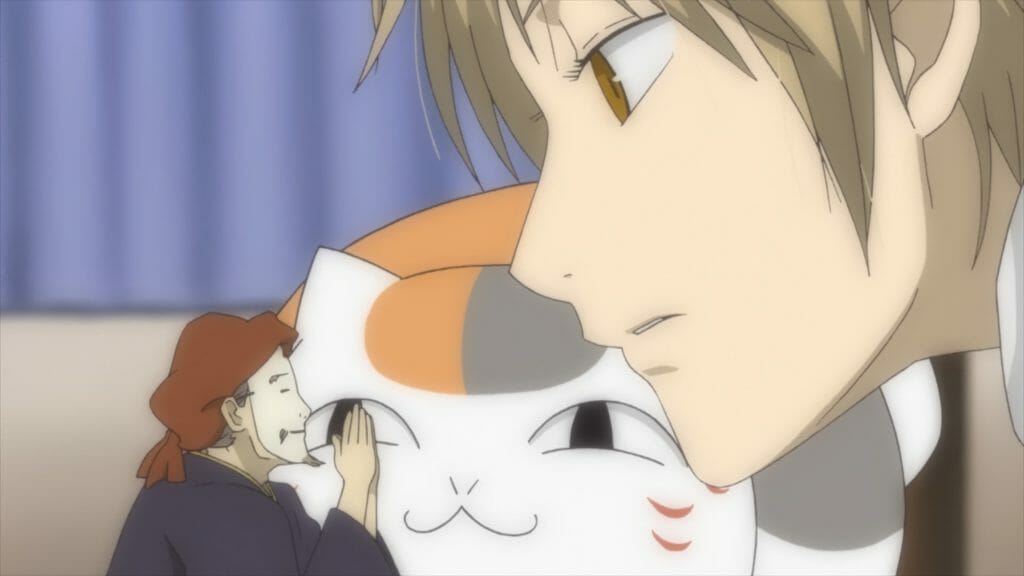
The second episode of the first season, titled The Dew-God’s Small Shrine, focuses on the efforts of one yōkai to not only recover his name, but also his power. At one point in history, the creature was revered as a tutelary deity, who could bring forth good weather. As time went on, though, fewer people venerated the deity, and his size shrank in response. Takashi remedies this by becoming a new adherent; he offers peaches at the deity’s shrine after a woman he encounters there passes away.
This format provides a base template for much of the series’ flow. While yōkai who hold low opinions of humans do occasionally appear, many who seek out Takashi tend to wish to recover their names rather than stir up a fuss. Even Madara, who remains determined to control Reiko’s journal, places his motivations aside to assist in Takashi’s efforts to help his fellow yōkai. He may complain about how each removal of a name reduces the size of the journal, and thus his chances of controlling other monsters, but he still is willing to help.
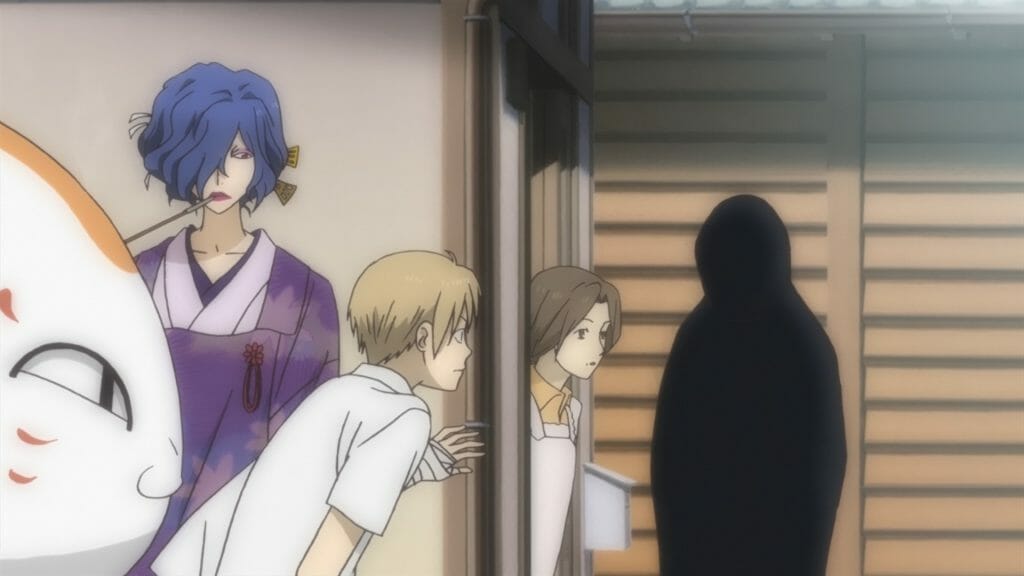
A rare example of a more malevolent yōkai appears in the first season’s twelfth episode, Five Day Mark. In it, Takashi witnesses a demon devouring a yōkai. Upon finishing, said demon places a mark upon Takashi, indicating that he will eat the young man in five days if he does not find a way to avoid that fate. As fate would have it, another yōkai, Misuzu, set the incident up as a means to to test Takashi’s resolve as an owner of the Book of Friends. Though he does not consider Takashi worthy, Misuzu remains interested enough in him to allow his name to remain recorded within the journal.
The trial serves as a way to illustrate the nature of yōkai-human relationships: most yōkai in the series share a fairly low opinion of humans, Madara included. Moreover, these beings may occasionally be hostile towards humanity, so Takashi must know how to interact with the myriad demons and monsters without offending them, as to do so would mean being antagonized or worse, eaten.
The anime’s second season opens with the episode Stolen Book Of Friends, in which a black cat ,which looks similar in shape to Madara, absconds with the Book of Friends. In reality, the cat is a fairly powerful yōkai named Riou, whose good relationship with humans motivates him to prevent the other yōkai from attacking a family that helped him.
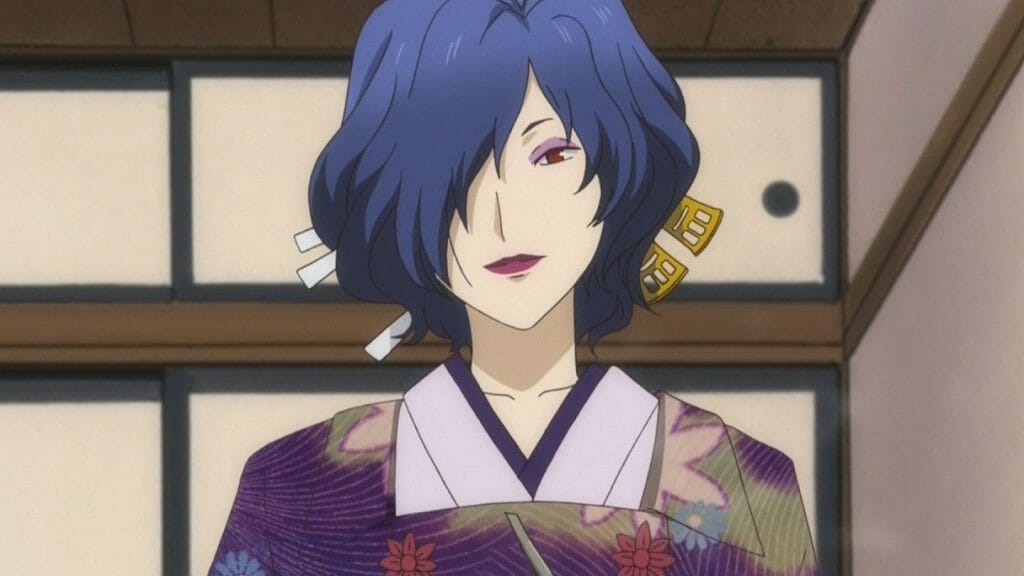
Thus, Yōkai within the series have their own personal motivations and relationships, both with each other and other beings. Many do not exactly approve of humans, though a few do, at least with specific people, as was shown through Hinoe’s love for Reiko Natsume.
Occasionally, insights into Takashi’s past appear throughout the series. T For example, the second season’s second episode, titled Melting Into Spring, opens with a scene in which Takashi recalls an incident from his childhood. In this segment, Takashi remembers seeing a yōkai through the window of his school. Though short, these scenes help illustrate the difference in Takashi’s life between his early childhood and the present. Takashi now regularly interacts with yōkai, thanks to the journal left behind by his grandmother, and he now has met other people with a similar affinity for the supernatural. And every day, Takashi grows more capable of understanding yōkai and how to handle them, even if it’s a gradual process.
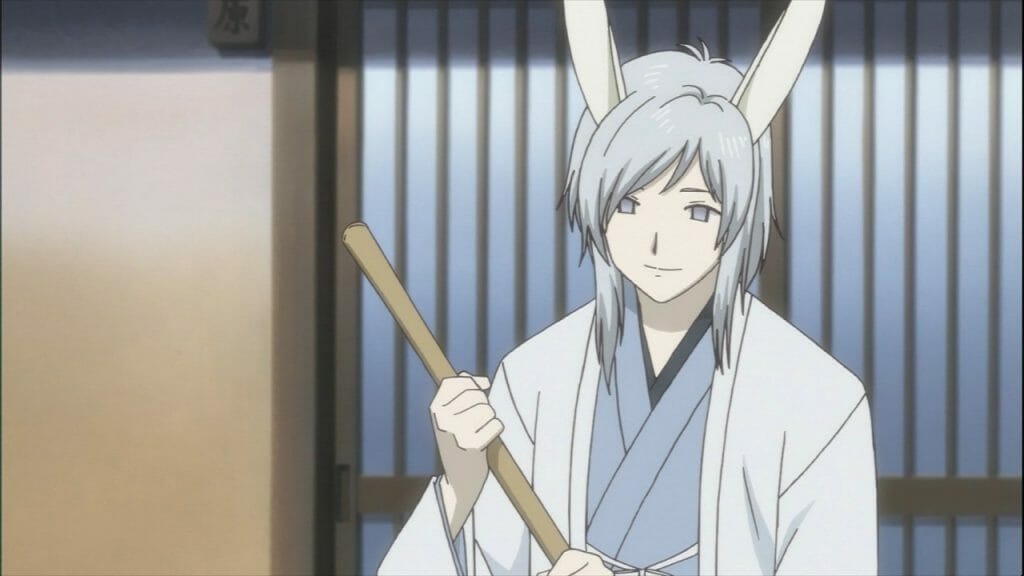
To give an example, Melting Into Spring involves a tutelary forest spirit named Gen, who accidentally enters a snow rabbit while trying to possess Takashi. The yōkai implores Takashi to help him seal a magical Demon-Sealing Tree, whose spirit was recently unleashed. The spirit, known as a Shiba-no-Hara, happens to be one of two protective spirits residing within the forest The other, Sui, suffered a tragedy when her statue was shattered by angry humans who blamed the two for their poor harvest. Sui succumbed to her darker elements, rising as an evil spirit, once roused to bitterness and anger against the very humans she wished to protect.
This scene, with Gen and Sui reuniting after the latter initially becomes angered with the human world for their transgressions, illustrates how spirits and yokai have their own peculiar issues to resolve; Takashi intervenes to help occasionally, but the spirits mave have to resolve their own problems by themselves. It shows how humans may occasionally cause difficulties for the world around them, causing a supernatural being to turn corrupt in their anger and bitterness – being able to forgive humans and ensure such tribulations not happen again is a sign of maturity, and Sui learns to not harbor a life-long grudge towards all of humanity for the sake of a few. Takashi’s involvement is fairly limited here – he may have accepted Gen’s request, but it took the two spirits themselves to resolve the conflict.
As was previously noted, many spirits and demons who reside within the world of Natsume’s Book of Friends desire a peaceful resolution. They do not want to harass Takashi, as they need his assistance in resolving a complex issue. The episode closes with Sui and Gen reuniting. As the two come together, Gen reassures Sui that the two can remain together, regardless of what happens. Sui, touched by Gen’s kindness, is able to regain her status as a forest spirit, and as Gen’s partner once more .
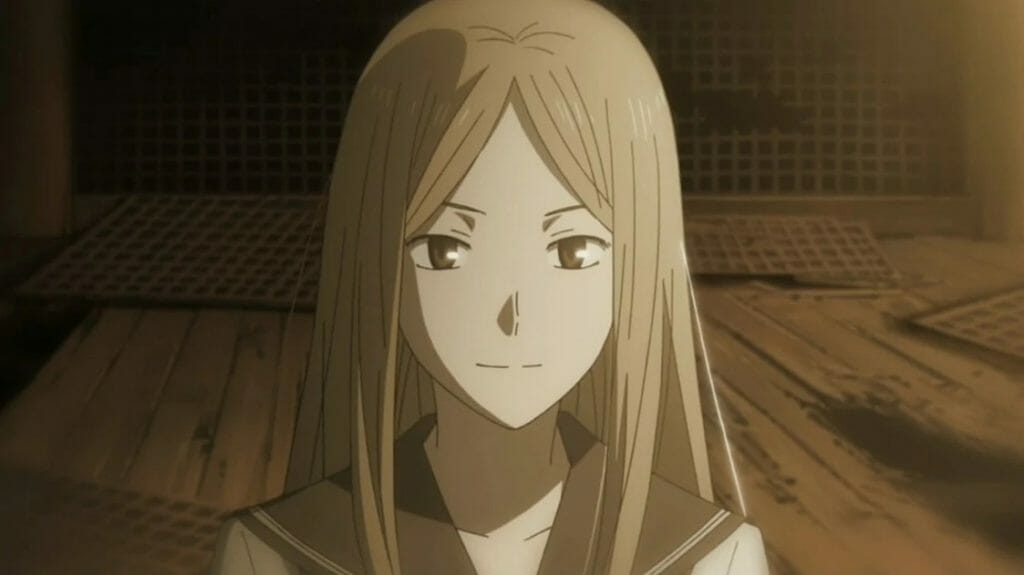
It is here that Natsume’s Book of Friends finds its real power, within the ideals of understanding and interpersonal relationships. Takashi initially did not want anything to do with his unique powers, as he received derision for it from his relatives and friends. Over time, though, he came to accept his role as a mediator between the yōkai and his late grandmother, who sealed their names away in her Book of Friends for seemingly selfish reasons.
Like GeGeGe no Kitaro before it, Natsume’s Book of Friends maintains the central theme of positive change in a world where supernatural encounters are commonplace. Both yōkai and humans want a peaceful coexistence, and Takashi takes it upon himself to help any spirits or demons who request a restoration of their names. The world can be a complicated place, but kindness and understanding go a long way in repairing old relationships and establishing new ones. Yōkai and humans live in the same environment, after all, and showing some compassion and empathy for the plights of others helps restore positivity in the world. Even if yōkai exhibit a sense of superiority over mortal beings, they still want to cooperate with each other and humans. They usually are not so horrible as to propagate strife, and have the same desires for peace as humans do.


